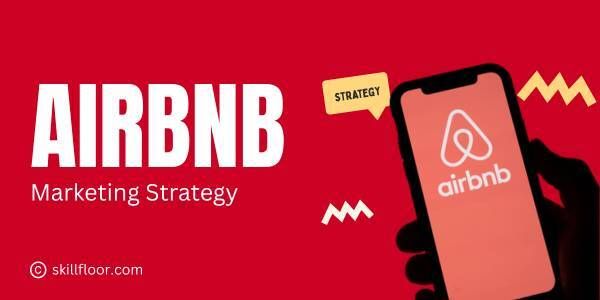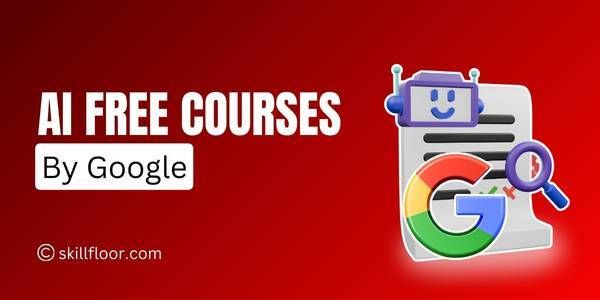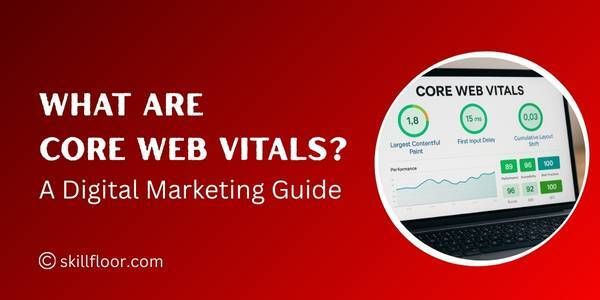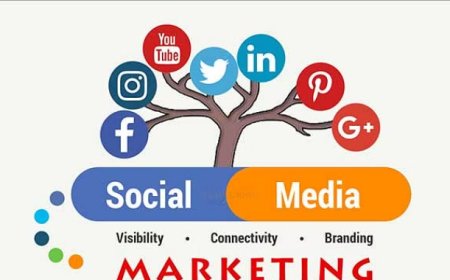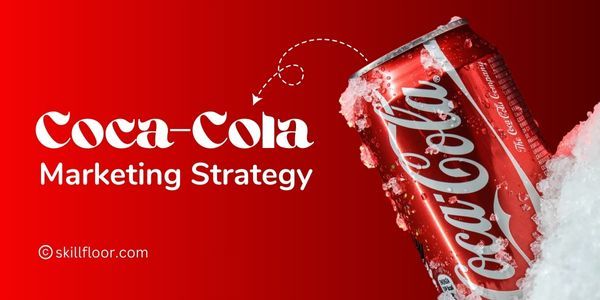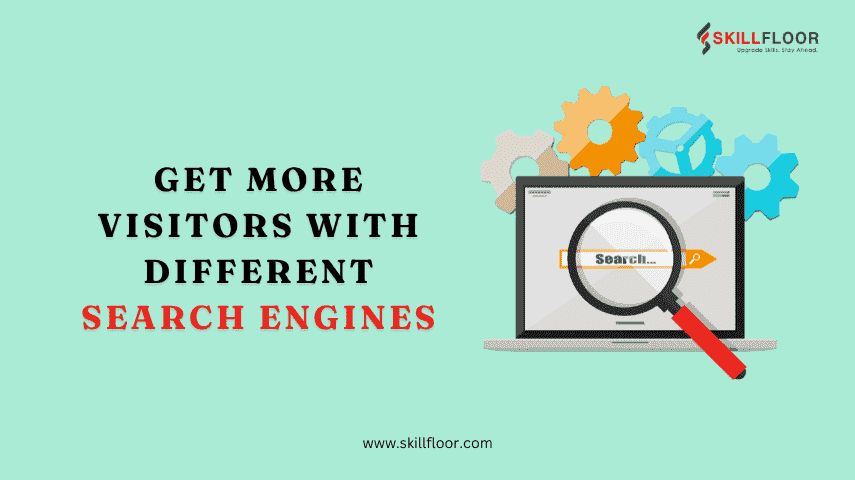Google Ads vs Meta Ads: How It Works
Compare Google Ads and Meta Ads. Understand how each platform works to help you choose the right one for your digital marketing goals.
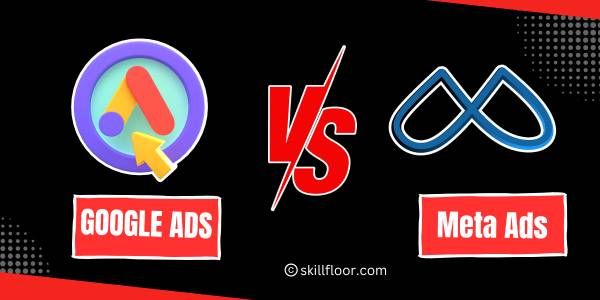
Do you want to expand your business but are confused about which advertisements to use? While Google Ads display your brand to those who are currently searching, Meta Ads (such as those on Facebook or Instagram) come up as users scroll. Each operates differently. Both may increase your reach and convert more people into consumers without breaking the bank if you utilize them effectively.
Using the correct advertisements in the right places has helped many small companies expand. When consumers want to buy, Google Search is helpful, and Instagram works well for generating curiosity. Even small businesses and services have successfully converted clicks into actual consumers with simple planning and well-defined objectives. It all comes down to consistency and picking what works.
What is Google Ads?
Google Ads is an easy way of promoting your company to Google Search users. You may place your advertisement at the top of the page when someone searches for what you sell. Reaching interested customers is facilitated by it, and you only have to pay when they click on your advertisement.
This improves small enterprises' online visibility. Google Ads may help increase the number of people who visit your website or store, regardless of whether you sell goods, offer services, or operate a neighborhood business. Without squandering money, it's a helpful instrument for gradual growth.
Where Do Google Ads Appear?
-
Google Search Page: When someone searches for what you have to offer, your ad may come up at the top. It appears as a search result, which makes it simple for customers to locate your company.
-
Google Display Network: Your advertisements appear online on news websites, blogs, and applications. You may contact people when they browse, read articles, or research subjects that interest them because of this.
-
YouTube Videos: YouTube video advertisements can be played either before or during a video. It's a visual and entertaining approach to spread your message while people are watching their favorite videos.
-
Google Maps: On Google Maps, your advertisement may appear when someone searches for local locations. By doing this, you can draw in local clients who are searching for nearby businesses or services.
-
Gmail Promotions Tab: Ads might show up as ordinary emails in Gmail's Promotions tab. This enables you to send them customized offers or helpful information straight to their mailbox.
-
Google Shopping Section: During product searches, ads with images, prices, and shop names are displayed. Customers can now compare goods with ease, and your store will appear higher in search results.
Types of Google Ads
-
Search Ads: These advertisements show up at the top of Google's search results when a relevant keyword is typed. You may use them to connect with people who are already interested in what you have to offer.
-
Display Ads: In Google's Display Network, these are picture or banner advertising that appear on blogs, applications, and websites. As people look through online information, they assist you in increasing brand recognition.
-
Video Ads: YouTube has video adverts that play either before or during videos. They may be used to communicate brief messages, promotions, or brand narratives in a more captivating and visual manner.
-
Shopping Ads: Google's Shopping section displays product photos, pricing, and shop names in these advertisements. They assist customers in comparing items and, if they are interested, click straight to your business.
-
App Ads: Through Google Play, YouTube, and Search, they advertise mobile apps. They provide a rapid and simple increase in the number of users and installations for your program.
-
Performance Max Ads: This kind of marketing makes advantage of every Google channel, including YouTube, Display, and Search. With minimal work, it helps you target the correct audience by automatically determining the ideal locations.
Understanding How the Google Ads Algorithm Works
-
Keyword Matching: Google looks up the keywords you select and compares them to what users are looking for. Your ad is qualified to show up on the results page when your keywords match user queries.
-
Ad Auction: Every time a person searches on Google, an auction of ads takes place. To determine which advertisements appear, this mechanism rapidly assesses various advertising based on bids, ad quality, and ad relevancy.
-
Bid Amount: When someone clicks on your ad, your bid is the highest amount you are ready to spend. Effective bidding is essential in digital marketing because it may enhance overall ad effectiveness and help strike a balance between cost and visibility.
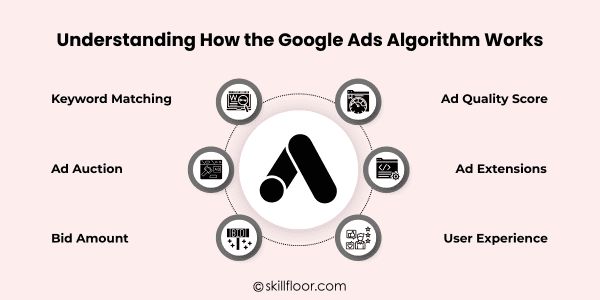
-
Ad Quality Score: Google evaluates the landing page, estimated click-through rate, and relevancy of your ad. Even if your offer isn't the highest, in digital marketing, higher quality ratings can translate into better positioning and reduced expenditures.
-
Ad Extensions Help: Call buttons, location data, and more links are examples of useful features that may be included using ad extensions. Better outcomes may derive from these features' increased visibility and motivation to click.
-
User Experience Matters: Your advertisement has a higher chance of success if it directs them to a simple, mobile-friendly website that loads quickly. Good experiences are rewarded by Google, increasing the visibility of your ad to the appropriate audience.
Essential Features That Power Google Ads Performance
-
Smart Bidding: Google automatically modifies your bids to improve your results. It uses information such as device, location, and time to improve the performance of your advertisement without requiring further effort.
-
Geo Targeting: With the use of this function, you may target people in certain cities, regions, or even close places with your adverts. It's ideal for local companies looking to conveniently access clients in the area.
-
Keyword Planner: This free tool assists you in identifying the right keywords customers use. It helps you better plan and target your adverts by displaying search traffic and competition.
-
Audience Targeting: Ads can be shown to particular groups according to their prior behavior, habits, or interests. This is also used by many Google AdSense powered websites to display the most relevant advertisements to their users.
-
Responsive Search Ads: Google combines your many headlines and descriptions to determine which one performs best. This makes your ad more relevant to various queries and expands its audience.
-
Conversion Tracking: This feature displays the results of an ad click, such as sales or sign-ups. It assists you in identifying what is effective and gradually refining your advertising approach.
What Are Meta Ads?
Platforms like Facebook, Instagram, and Messenger display paid content known as "meta-ads." Businesses may reach consumers with these advertisements while they scroll, watch stories, or read posts. Connecting with clients who may not be actively looking but are receptive to learning something new is easy with this method.
Meta advertising allows companies to naturally attract attention with powerful images and succinct messaging. You may select your audience by behavior, geography, age, or interests. This helps companies communicate with the right people at the right time without being overly intrusive.
Where Do Meta Ads Appear?
-
Facebook Feed: As users browse through their Facebook feed, advertisements insert themselves in between normal postings. These are simple to spot since they mix in with regular material and appear genuine.
-
Instagram Feed: Ads appear between friends' or pages' images and videos on Instagram. Businesses may contact consumers with captivating photos or brief movies without interfering with their browsing.
-
Facebook Stories: Advertisements appear in between friend stories. They last a few seconds and display in full-screen mode, making them ideal for conveying brief updates, deals, or product highlights.
-
Instagram Stories: Similar to Facebook Stories, these full-screen advertisements appear in between Stories. They enable businesses to engage with customers in a more informal and innovative way and are perfect for mobile users.
-
Messenger Inbox: Advertisements may show up within the Messenger software, typically in between chats. These placements are helpful for promoting deals, updates, or initiating direct conversations with clients since they feel personal.
-
Facebook Marketplace: While users look through the Marketplace, advertisements appear. Given that customers are already shopping, this is an excellent location to display items, costs, and store information to promote prompt action.
Types of Meta Ads
-
Image Ads: Image advertisements are simple, consisting of a single, powerful image and a brief statement. Products, events, or deals may be effectively promoted using them directly in the Facebook or Instagram stream.
-
Video Ads: These commercials employ brief videos to attract viewers. Because they may show up in feeds, stories, or reels, they are ideal for conveying a brief story or showing how a product operates.
-
Carousel Ads: Multiple pictures or videos can be shown in a single ad using carousel advertisements. The ability to swipe among various features or things makes it perfect for tutorials, product lines, and storefronts.
-
Story Ads: On Instagram or Facebook, full-screen Story adverts appear in between Stories. They're excellent for sending brief, imaginative messages that adapt well to mobile devices and seem natural.
-
Reels Ads: In between short-form Reels videos, these advertisements show up. They help you reach younger audiences that want quick, visual updates on-the-go and pair well with informal, enjoyable content.
-
Collection Ads: Product photos appear behind a cover picture or video in collection advertisements. Tapping them opens a brief shopping experience, which makes it simple for customers to browse and make purchases.
Understanding How the Meta Ads Algorithm Works
-
Audience Signals: Age, location, hobbies, and behavior are among the characteristics that Meta considers. This makes your advertisements more visible to those who are most likely to be interested in your message or product.
-
Ad Engagement: Your ad performs better the more people like, share, or click on it. Through this action, Meta learns what works and shows your ad to users who are more interested.
-
Creative Quality: Videos or visuals with strong messages are important. Meta is more likely to display your advertisement to a wider audience if it loads quickly and looks well.
-
Ad Relevance Score: Meta evaluates how effectively your advertisement appeals to the target demographic. Better outcomes and frequently cheaper expenses are associated with a higher relevance score, particularly on a leading digital marketing platform where audience fit and quality are crucial factors.
-
Learning Phase: Meta collects data once a new ad is launched to determine its effectiveness. The algorithm gains insight into the audience segments that react most favorably to your advertisement throughout this learning period.
-
Budget and Bid Strategy: Where and how frequently your ad appears depends on your budget and bid strategy. Over time, your ad will remain active and successful with a consistent budget and astute bidding.
Top Features Behind Meta Ads Marketing Performance
-
Detailed Audience Targeting: Meta enables you to connect with others according to their location, behavior, age, hobbies, and more. Instead of showing to everyone, this lets your adverts connect with the proper individuals.
-
Custom and Lookalike Audiences: People who have visited your website or followed your page might be your target audience. Additionally, Meta discovers new persons that share your interests, increasing your visibility on social media.
-
Ad Placement Control: Feeds, Stories, Reels, Messenger, and more may all display your advertising due to Meta. It spans several areas on social media platforms, enabling viewers to see your message in several ways.
-
Creative Flexibility: Images, videos, carousels, and even full-screen Stories may all be used. You may better adapt your message to the format that best suits your audience due to this flexibility.
-
Performance Insights: Meta provides easily comprehensible data that illustrate the effectiveness of your adverts. To help you decide on future campaigns more intelligently, you may monitor views, clicks, and conversions.
-
A/B Testing Tools: Are you curious about the most effective ad? Meta allows you to compare and contrast audiences, photos, or headlines. By doing this, outcomes are enhanced without wasting money or time.
Google Ads vs Meta Ads: A Side-by-Side Comparison
|
Feature |
Google Ads |
Meta Ads |
|
User Intent |
Reaches users searching for specific needs or services on Google |
Shows ads while users scroll or explore content casually |
|
Ad Placement |
Search results, YouTube, partner sites, and Google Maps |
Facebook, Instagram, Stories, Reels, Messenger, and feeds |
|
Targeting Method |
Based on keywords, device type, time, and location |
Uses interests, behaviors, and audience data for better targeting |
|
Best For |
Great for direct leads and product-based search campaigns |
Ideal for awareness, engagement, and visual product promotion |
|
Ad Format Options |
Text, image, shopping, and video ads across platforms |
Visual ads like images, videos, carousels, and full-screen Stories |
|
Budget Flexibility |
Good for various budgets, depending on industry and keywords |
Cost-effective for testing and growing small to medium businesses |
Deciding between Google Ads and Meta Ads doesn't have to be difficult. Both platforms have their advantages, and when used effectively, they may both significantly expand your company. While Google Ads is excellent for targeting consumers who are already aware of their preferences, Meta Ads facilitate more informal, visual connections with new audiences. The secret is knowing where your clients spend their time and understanding your objectives. Whether you're growing your brand, selling a service, or advertising a product, a clever combination of the two platforms can help you advance gradually. Set a budget that suits you, concentrate on thorough preparation, and maintain consistency. That's when long-term effects begin to take shape.

